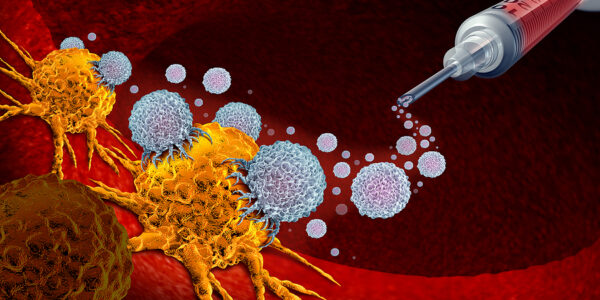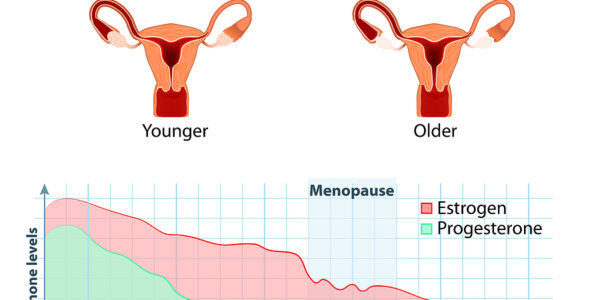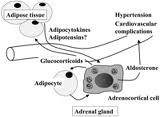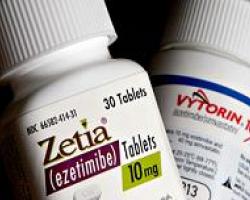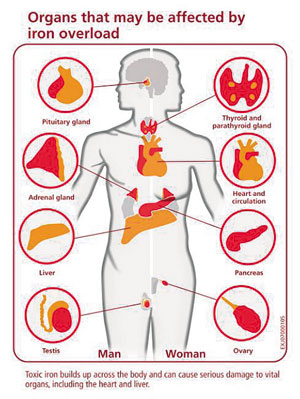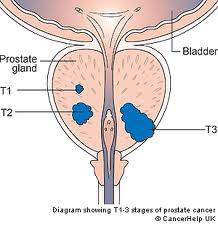Adrienne Germain from the International Women’s Health Coalition, New York, wrote a review in the Lancet (Lancet 363: 65-66, 2004) about the state of health and mortality of pregnant women (maternal death rate) around the world. 500,000 pregnant girls and women die around the globe every year from conditions that are preventable or treatable. 99% of these live in developing countries. At the same time 3.9 million newborns die every year in their first 4 weeks of life!
2004 is the 10-year anniversary of the recommendation for reproductive health from the 1994 International Conference on Population and Development (ICPD). The maternal death rate in Europe is about 1 in 4000 pregnancies; in many African countries (sub-Saharan Africa) it is 1 in 16! Despite some progress that has occurred, still 70% of all deaths associated with pregnancy occur in only 13 countries. In another article in the Lancet (Lancet 2004; 363: 23-27) Prof. Wendy Graham and co-workers used a new familial technique to determine whether there is a statistical association between poverty and the maternal death rate. The answer is not only a clear “yes” for the maternal death rate within one country, but there is a clear association between poverty and maternal death rate in countries all around the world!
A high mortality rate in babies and children in addition to the maternal death rate has traditionally been a grave concern in poor countries. Research in development countries has shown that 70% of the poorest 1.3 billion people in the world are women. The study also shows that these mothers have a high mortality rate. Maternal death can occur during pregnancy or birth, and the poorer the population group, the higher the maternal death rates will be. The reasons are varied: for the poorest of the poor, medical treatment is often unaffordable.
Also seemingly simple measures such as clean drinking water, toilets and whether floors are present in dwellings do have an impact on health. At the same time the level of education determines whether death rates are higher or lower. These results are not only true for one specific country. Even though most of the alarming numbers come from the African countries such as Burkina Faso, Chad, Ethiopia, Kenya, Mali, and Tanzania, other countries like Indonesia and the Philippines show the same troubling picture.
The main causes of maternal deaths were due to the following conditions: bleeding after delivery, early pregnancy bleeding; infections that would lead to sepsis and death; complications surrounding abortions; blood pressure problems such as eclampsia with seizures and kidney damage; and prolonged labor when the baby’s head is too large. This latter condition requires an Cesarean section on an emergency basis, which is not always readily available in rural areas.
As we know from other studies, even closer to home, poverty and rural isolation remain a risk to health and life.
Adrienne Germain in her editorial review pointed out that some poor countries such as Bangladesh have taken the recommendations for reproductive health from the 1994 ICPD-conference seriously and have instituted a nationally sponsored program.
The result has been that between 1988 and 2002 the percentage of women receiving antenatal care has improved from 26% to 47% while the maternal death rates have declined from 410 to 320 per 100,000 women during and after the pregnancy. Childhood mortality also improved significantly as did the mothers life expectancy (from 58 to 60 years). There are success stories in other countries as well.
What is needed is political will around the globe, co-operation between the appropriate agencies such as the WHO, the UNICEF, the International Women’s Health Coalition, and others. Locally in every country it is vital to have an interdisciplinary co-operation to fight poverty and to provide shelter with a certain minimum living standard.
Link to UNICEF. Link to WHO. Link to International Women’s Health Coalition.
Last edited December 8, 2012
